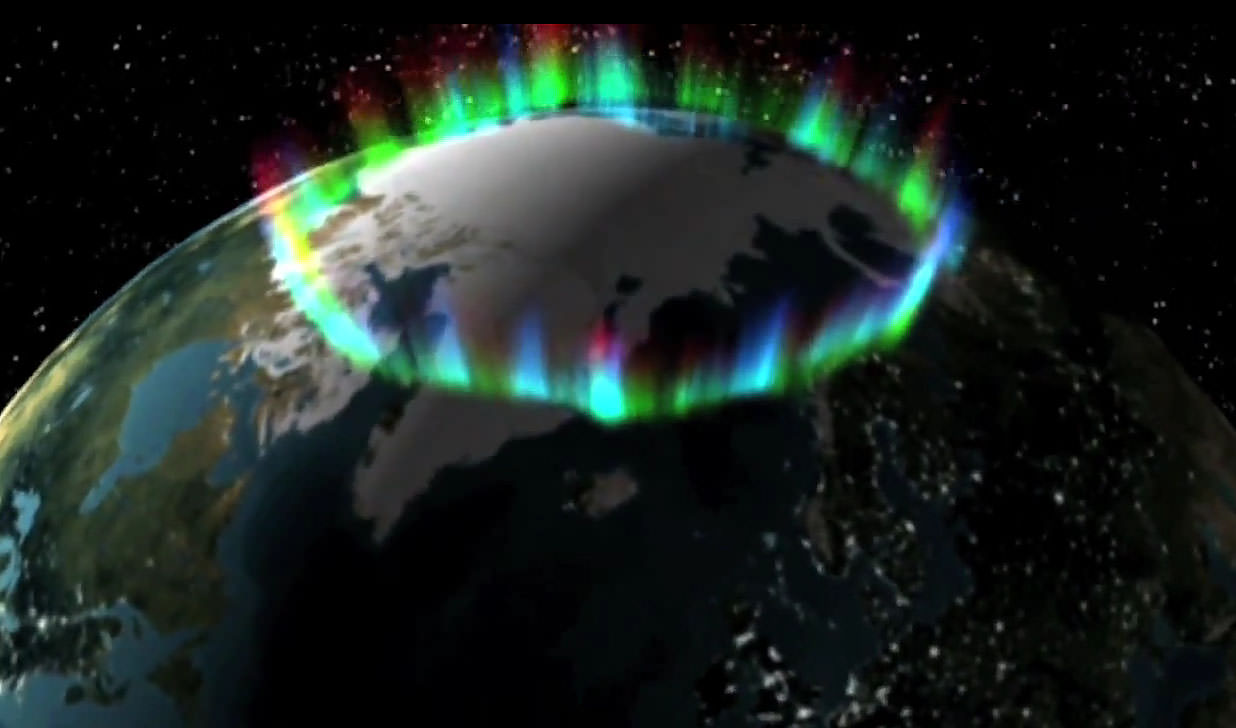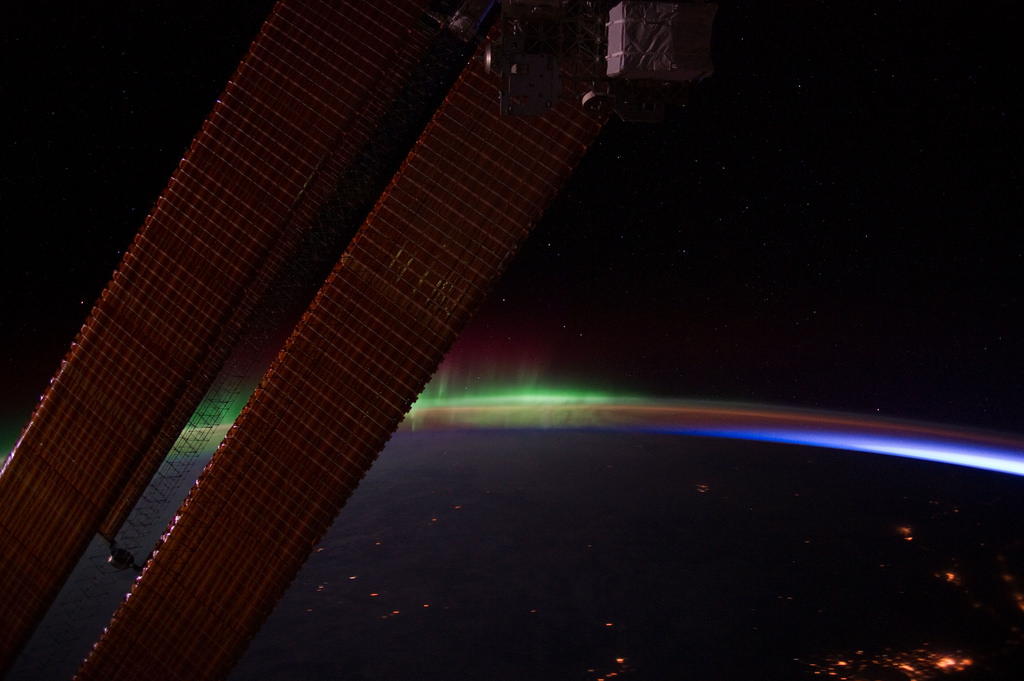We’ve all seen illustrations of the Solar System. They’re in our school textbooks, on posters, on websites, on t-shirts… in some cases they’re used to represent the word “science” itself (and for good reason.) But, for the most part, they’re all wrong. At least where scale is concerned.
Sure, you can show the Sun and planets in relative size to each other accurately. But then the actual distances between them will probably be way off.* And OK, you can outline the planets’ concentric orbits around the Sun to scale pretty easily. But then there’s no convenient way to make sure that the planets themselves would actually be visible. In order to achieve both, you have to leave the realm of convenience behind entirely and make a physical model that, were you to start with an Earth the size of a marble, would stretch for several miles (and that’s not even taking Pluto into consideration.)
This is exactly what filmmaker Wylie Overstreet and four of his friends did in 2014, spending a day and a half on a dry lake bed in Nevada where they measured out and set up a scale model of the Sun and planets (not including Pluto, don’t tell Alan Stern) including their respective circular orbits. They then shot time-lapse images of their illuminated cars driving around the orbits. The resulting video is educational, mesmerizing, beautiful, and overall a wonderful demonstration of the staggering scale of space in the Solar System.
Watch the video below:
Or watch full-screen on Vimeo here.
For some reason whenever I think about the sheer amount of space there actually is in space, it gets me a like choked up. These guys get an “A+” for effort, execution, and entertainment!
Credit: Wylie Overstreet and Alex Gorosh
*There have been a few web pages that have been able to show the scale sizes and distances of the planets (and there are even some driving-distance ones too) but often they oversimplify by lining the planets up in a row — which doesn’t happen all that often and doesn’t portray the orbital circumferences either. This all just happens to be a favorite contemplating point of mine.





